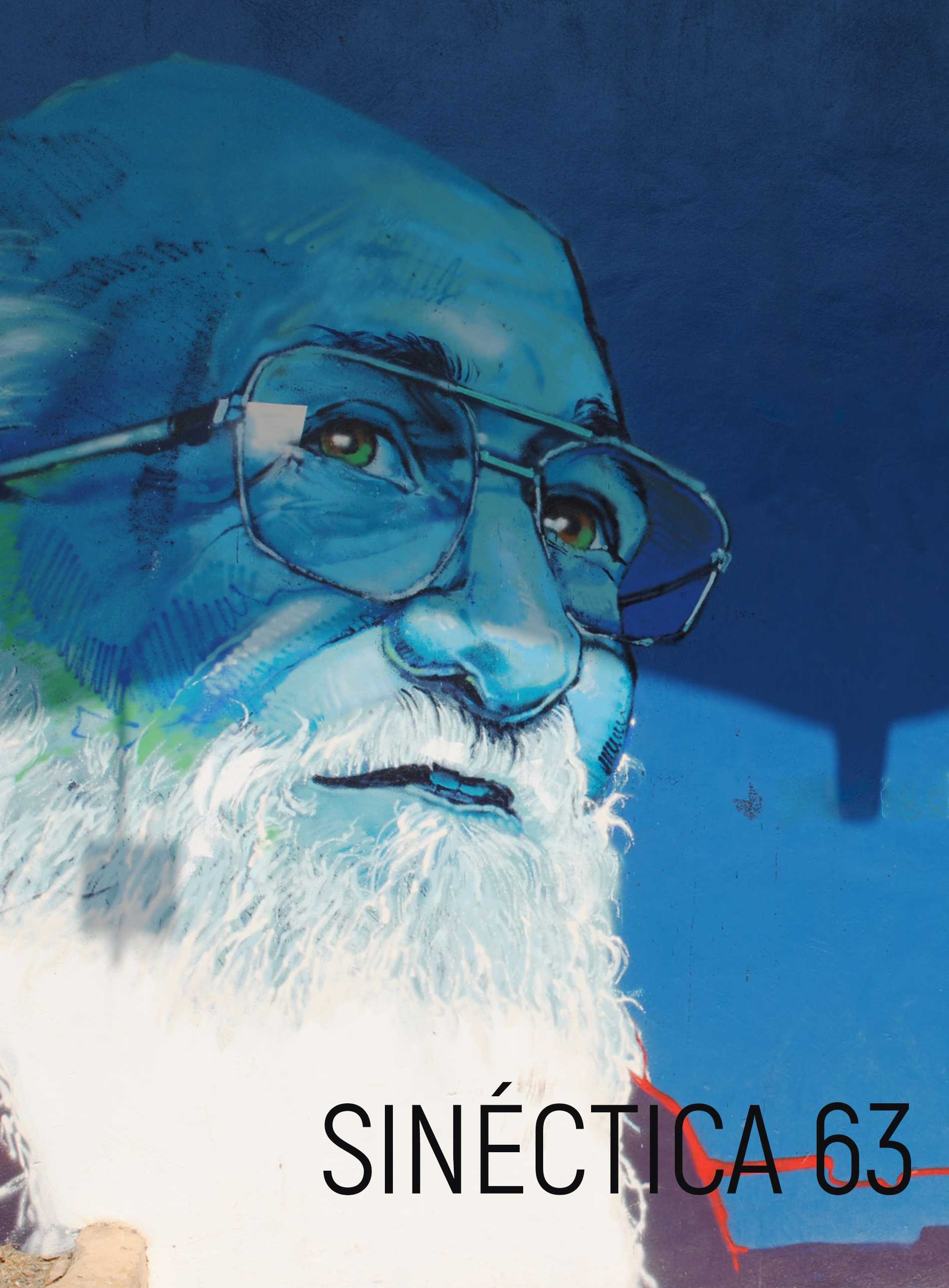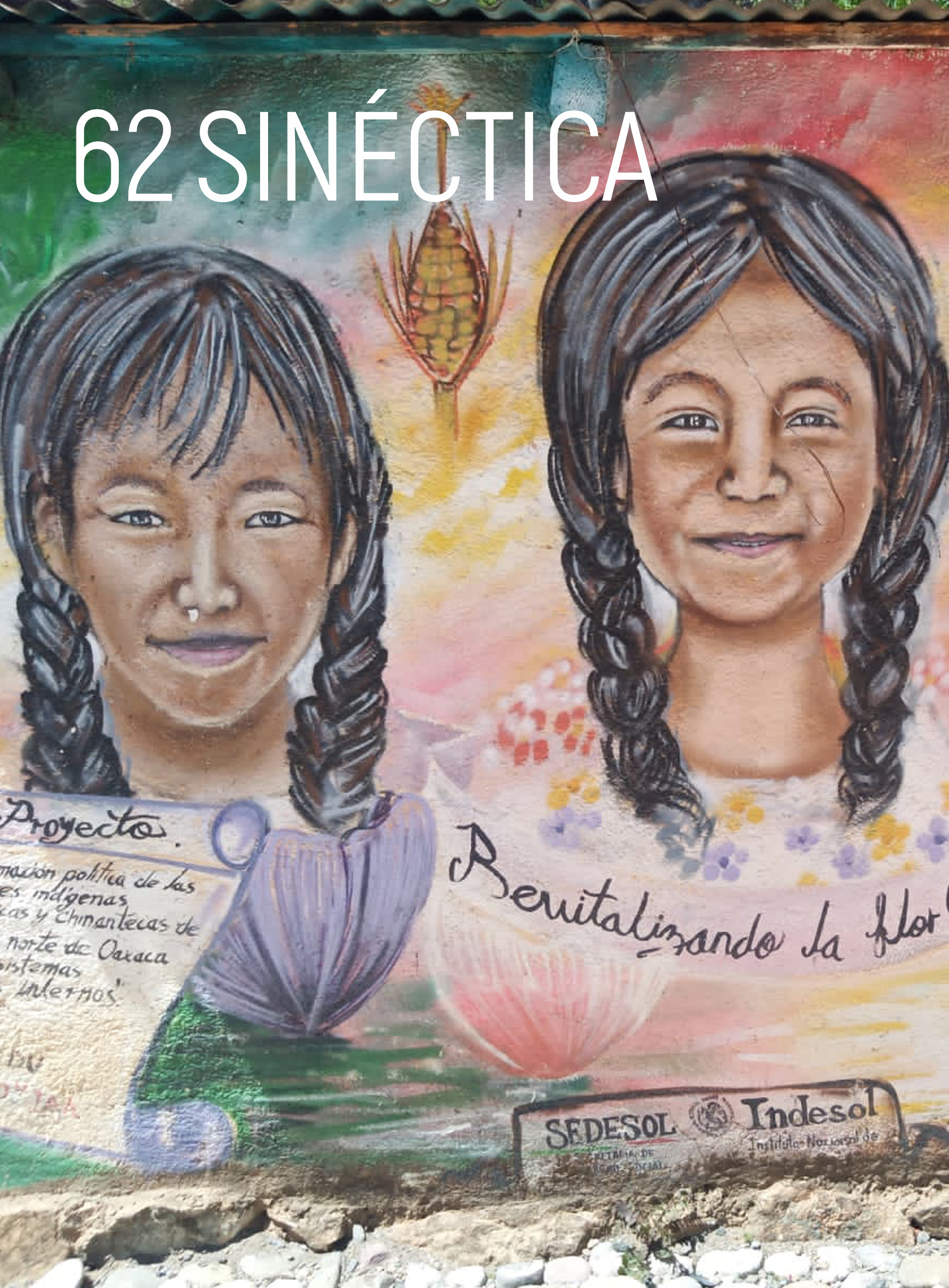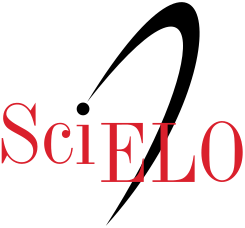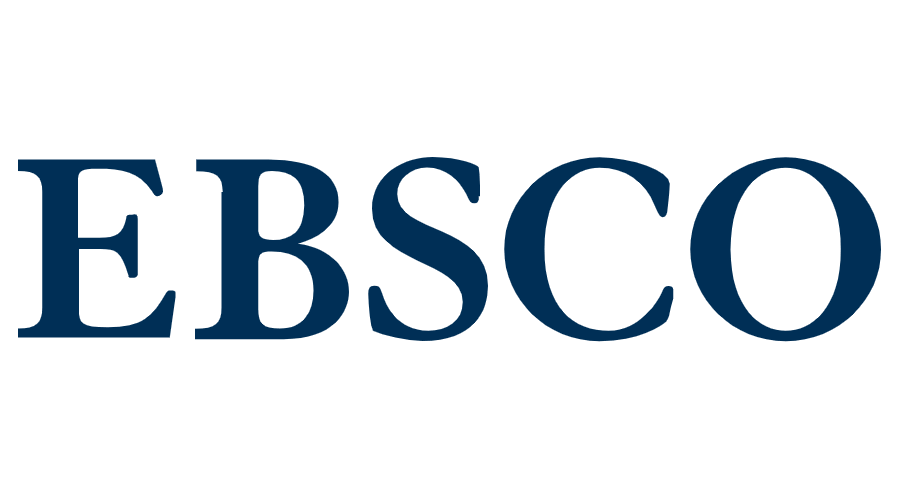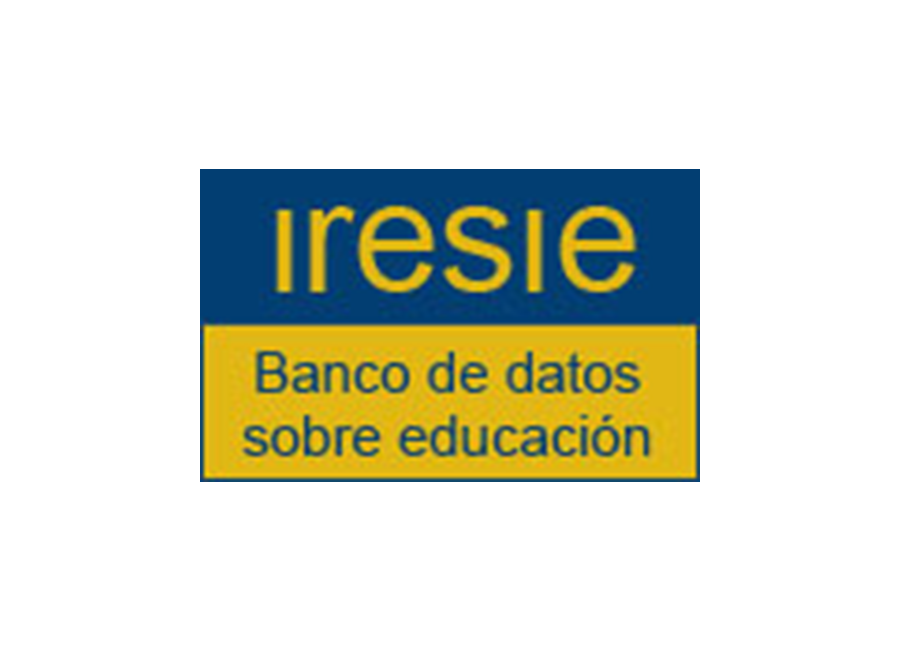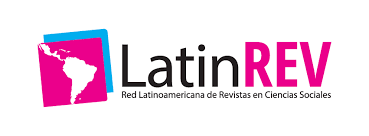¿Tenía razón Coleman? Acerca de la relación entre capital social y logro educativo
Keywords:
Bourdieu, Coleman, capital social, logro educativoAbstract
Las redes sociales no son estructuras estáticas; son recursos para el logro de diversos fines por parte de los actores. Estos recursos han sido comprendidos de modo general con el término de capital social. Hace más de un cuarto de siglo que la teoría sobre este término surgió en el marco de los estudios sobre la educación y de la mano de Bourdieu y Coleman. El propósito de este artículo es hacer una revisión de una de las hipótesis centrales sobre esta teoría, formulada por Coleman, a saber, que el capital social está asociado a una menor deserción escolar y, en general, a un mayor logro educativo. Consideramos los principales estudios que ofrecen evidencia a favor y en contra de lo postulado por la hipótesis en tres aspectos: hogares monoparentales, número de hermanos y cierre intergeneracional. A pesar de contar con un amplio respaldo, concluimos que la hipótesis aún no está plenamente comprobada y requiere una desagregación más fina de variables; no están claros los mecanismos causales involucrados y, en especial, necesita ser testada en otros contextos y culturas distintos a los estadounidenses.
Downloads
Downloads
Published
Issue
Section
License
This work is licensed under a Creative Commons Attribution-NonCommercial 4.0 International license.
Authors who publish in Sinéctica agree to the following terms:
The authors retain copyright and grant the journal the right of first publication of the authorized work simultaneously under a Creative Commons Attribution License, which allows others to share the work as long as both the authorship of the work and the initial publication in this journal are acknowledged.
Authors may enter into additional separate contractual agreements for non-exclusive distribution of the published version of the journal (e.g., publishing in an institutional repository or a book), with acknowledgement of initial publication in this journal.
Authors are allowed to publish their work in institutional repositories or on their own website before and during the submission process, as it may generate productive exchanges, as well as earlier and greater citation of the published work.
Explanatory note: As of 2017 Sinéctica is governed by the Creative Commons Attribution Non-Commercial 3.0 International License, a version that standardizes licenses internationally.
Articles published between 1992 and 2016 are covered by a Creative Commons Attribution-NonCommercial-NoDerivatives 4.0 International license, which allows a work to be shared and distributed non-commercially and with acknowledgement of the author, but prohibits modification of the original creation.




